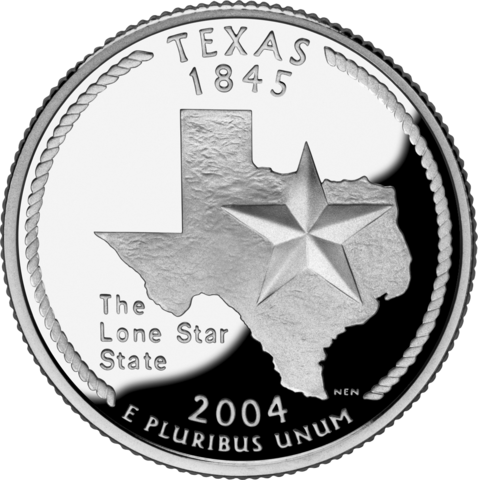The Teacher Retirement System of Texas has committed $465 million to three real estate funds, which will invest in a gamut of sectors including residential, industrial, hotel, retail and offices.
More from IPE Real Estate:
The pension fund is committing $200m to Westbrook Real Estate Fund X, $200m to Carlyle Realty Partners VII and $65m as a co-investment with Starwood Capital Group.
Westbrook Partners is seeking to raise $2.5bn for its latest global opportunity fund, which will be targeting gross returns of 15% (12% net).
It will invest in the major markets in Europe and coastal gateway cities in the US, focusing on distressed situations in the office, retail, apartment and industrial sectors.
Carlyle is targeting a $3bn equity raise for its latest US opportunity fund, which will invest in developments and existing assets that need to be improved.
It will target relatively small investments – in the range of $10m to $30m – in the office, industrial, retail, residential, hotel and senior-housing sectors.
Texas Teachers is co-investing in Starwood’s SCG TMI Co-Invest entity, which invests in opportunistic real estate.
TRS Texas manages $124 billion in assets.
Photo by thinkpanama via Flickr CC License



